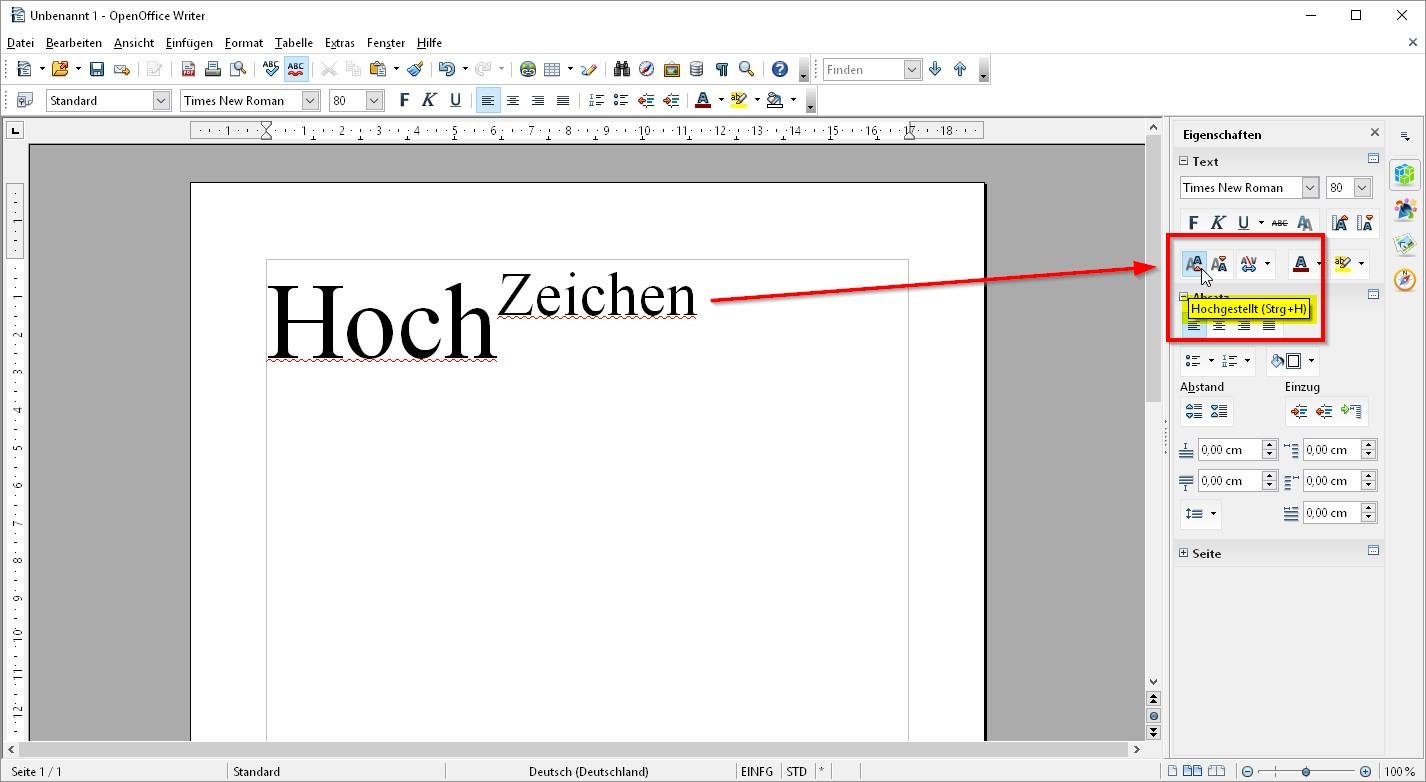
select the cells, right click, and choose Number Format. To format the cells automatically with dollar signs, etc. If you want something more complicated than addition, subtraction, multiplication, and division, click on the formula dropdown list. In the following example, I of course want to find the difference, not the sum, of the expenses and income, so I changed the formula. A correct subtraction formula for instance is =. Cell references are the same as Calc, with A1 being the upper left cell of a table and counting across to B and down to 2, and so on. Be sure to preserve the syntax with the around each cell reference. If it isn't what you want, just retype the formula in the formula field.

If it's what you want, press Enter or click the green arrow by the formula field. This will sum the contents of the selected cell range. Select the cells you want to calculate you'll get an addition formula by default. If you want some help from the system, do it this way. If you know what you want and just want to go right ahead and do it, just type what you want using around each cell reference. Choose Table > Formula or press F2 and you'll get the spreadsheet-like toolbar with the formula entry field. Then click in the empty cell where you want a calculation. This process focuses on summing, with some other options.įirst, of course, create the table the way you want it. But for those who like tables, here's how you do it. Note: I personally prefer to use spreadsheets, so I would do the calculations in a spreadsheet and then just copy and paste. The process is a bit different in 2.0 so I'm blogging it here plus anyone who hasn't used the feature before can see if they like it. With this example, for instance, I can just use spreadsheet-like calculations in the table to get the totals and differences. You can essentially treat a table like a spreadsheet.

Doing calculations in tables is a nice feature of Writer.


 0 kommentar(er)
0 kommentar(er)
